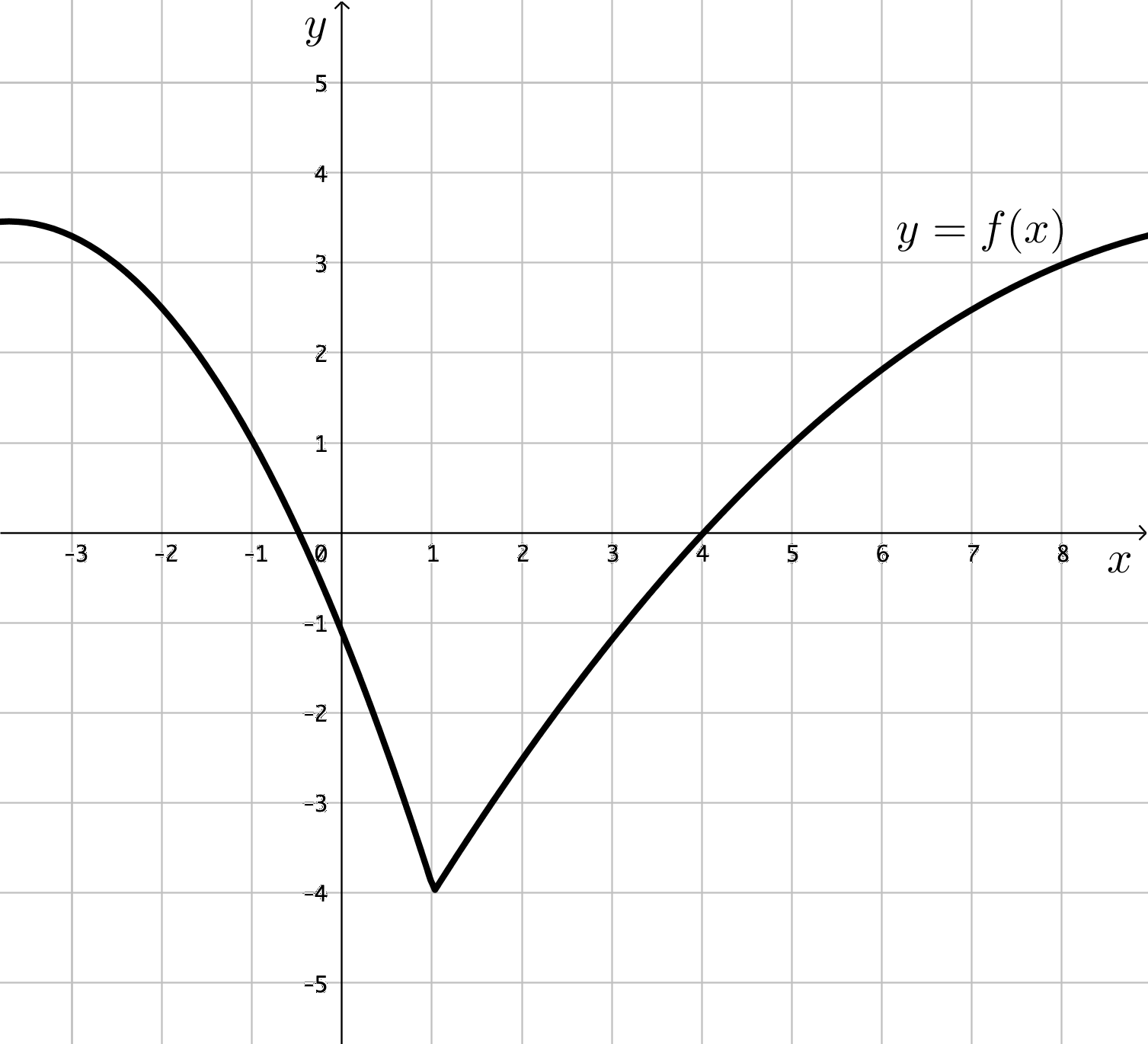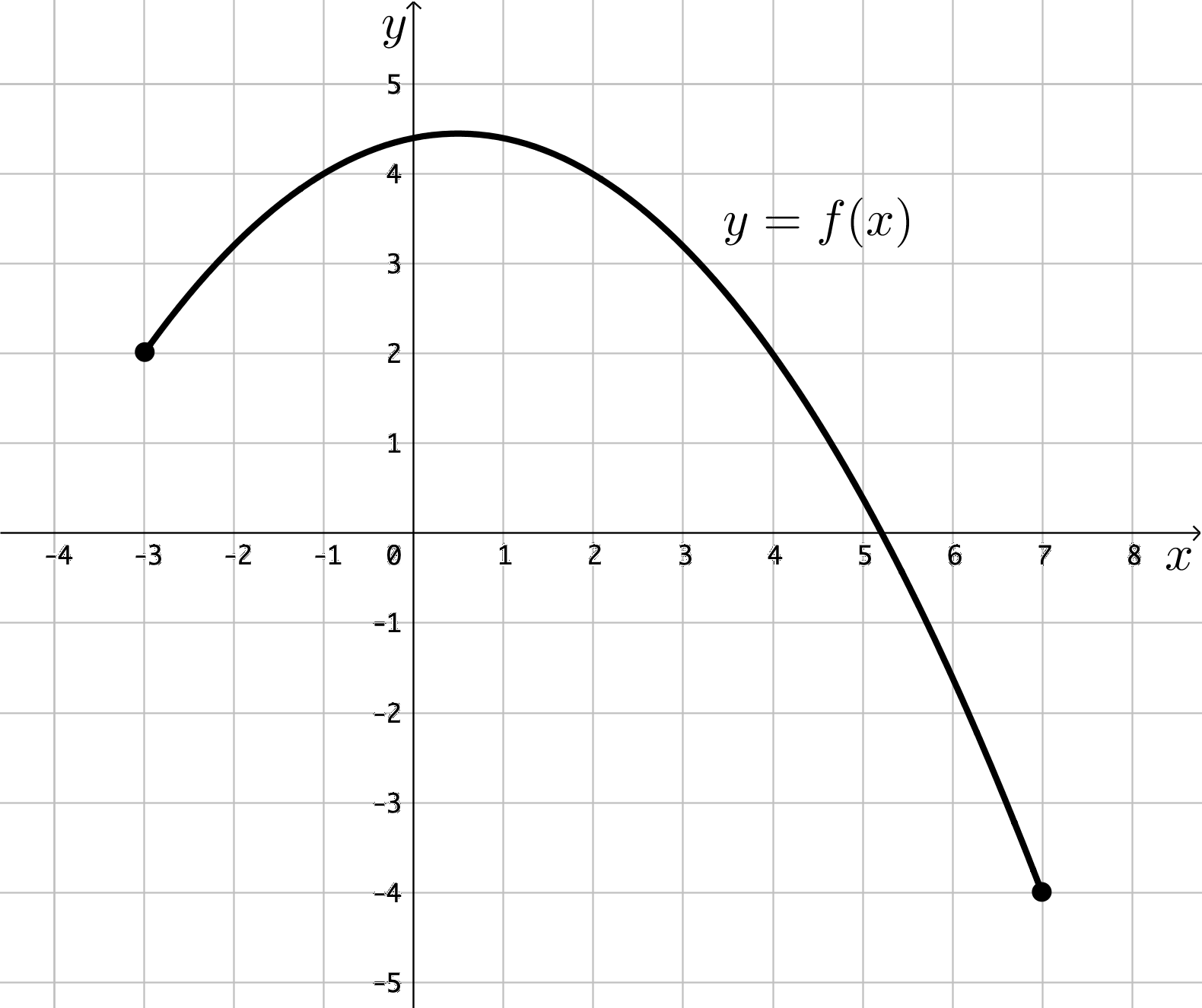Graph I) only Graph II) only Graph III) only Graph IV) only Graph V)
only Graph III) and Graph IV) only Graph IV) and Graph V) only Graph I), Graph IV) and Graph V) only Graph III), Graph IV) and Graph
V) only Graph I), Graph II), Graph IV), and Graph V) only Graph
I), Graph III), Graph IV), and Graph V) only All five functions have a
value for in where None of the graphs have a value for in where
Please answer each of these questions to the best of your ability. You are welcome to re-watch parts of any of the videos to help you.
For Questions 1 and 2 use the following graphs:
| Graph I  | Graph II  |
| Graph III  | Graph IV  |
| Graph V  | |
For which of the graphs from I) – V) above, if any, is there a value for in where ?
For which of the graphs from I) – V) above, if any, is continuous over , differentiable
over , AND there is a value for in where ?
Graph I) only Graph II) only Graph III) only Graph IV) only Graph V) only Graph III) and
Graph IV) only Graph IV) and Graph V) only Graph I), Graph IV) and
Graph V) only Graph III), Graph IV) and Graph V) only Graph I),
Graph II), Graph IV), and Graph V) only Graph I), Graph III), Graph
IV), and Graph V) only All five functions satisfy these three conditions
None of the graphs have functions that satisfy these three conditions
For the graph of below, identify a value for , if any, from the interval where . 

No values for exist where
Two highway patrol cars are stationed 4.2 miles apart on an interstate
highway that has a speed limit of 65 miles per hour. A gray SUV passes
in front of the first patrol car and is clocked at 63 miles per hour. 0.062
hours later (almost 4 minutes), the gray SUV passes in front of the second
patrol car and is clocked at 64 miles per hour. Did the gray SUV exceed the
speed limit at some time during the 0.062 hours?
Yes. No. Maybe,
but I need more information. I’m not sure how to answer this question.